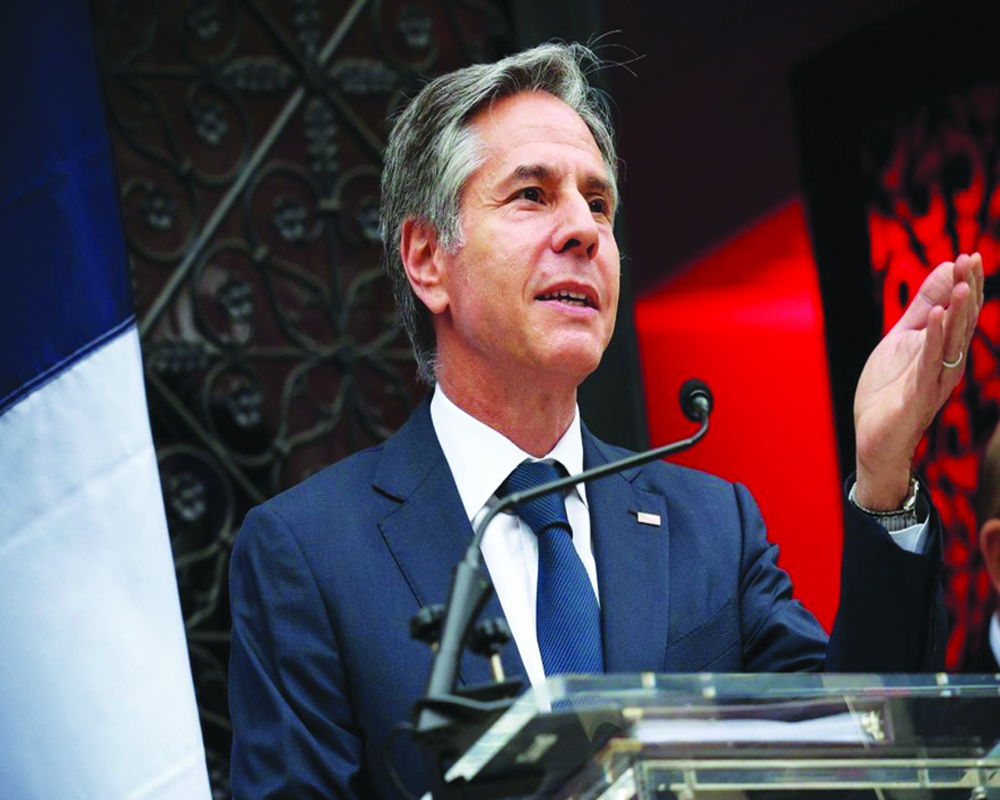Quad is moving towards technology, climate change and health partnerships
India and the United States, the two most powerful democracies, have to move together to face future challenges like the one presented by the Coronavirus pandemic. Earlier in the week, US Secretary of State Anthony Blinken was in New Delhi to discuss issues of mutual interest, sound alarm bells over “rising global threats to democracy”, and strengthening a common cause against China. The core narrative was to face the emerging global order as natural partners with a specific focus on the Indo-Pacific region and maritime security with equitable rights. Both have a natural role to play in the technology-aided world of the 21st century and their relationship needs to be that of co-founders of the new order based on mutual respect. The US celebrates “Make in America” week, as one reads this piece, based on the principle — “By using Made in America policies as one tool of many to rebuild industrial base and strengthen critical supply chains, which will help put the American dream within reach for nation’s families today, and for generations to come”. It resonates well with Prime Minister Narendra Modi’s “Atmanirbhar Bharat” mission whose core philosophy is to develop policy as a tool to make India economically self-reliant. The factors driving this change and the race toward self-reliance are lessons learned during the pandemic when supply chains, concentrated in one location (China), threatened the world and nearly brought it to a halt. Both countries now realise that supply chains need to have natural redundancies and need to be spread across geographies. India has been eager to get a slice of the global pie of manufacturing especially in electronics hardware, mobile equipment, and pharmaceuticals, to name a few. To this end, it has launched a tax incentivizationprogramme- Production-Linked Incentive — with the commerce ministry as the single point of contact to facilitate new investments in the country. On the regulatory front, it has launched the trusted telecom equipment policy to prevent electronic equipment imports from a certain geographical region and push for more domestic production. This, however, has not been received well by the companies many of which are US-based. Issues related to technology, preferably interoperable,will define the future direction of the India-US relationship. Both have to start respecting each other’s entrepreneurs and give them a fair ground to compete not just with in their sovereign geographic boundaries but also emergeas global leaders.
To this end, there is a need for multilateral platforms such as WTO and OECD. The US of late has stopped taking interest in them, preferring bilateral or alliance arrangements at the risk of turning multilateral platforms redundant. India and the US need to have tacit understandings on digital commerce, technology, taxation, tariffs, and tradein order to beable to steer the global trade discourse. The Quad alliance, which reflects American interest in the Indo-Pacific region as an area of strategic and military concern, has to come up with tangible, time-bound targets. The working groups envisaged during the first virtual summit in March 2021 have to start taking shape and administrations across the grouping have to be made aware of the importance and potential benefits of such partnerships. It was heartening to see the clarification emerging during Blinken’s India visit about Quad being more than just a military alliance and moving more towards technology, climate change, and health partnerships. President Joe Biden has appointed a “Make in America” director in the office of Management and Budget. The Quad alliances should have similar positions in their respective executive bodies. The time for the US-India partnership on technology is just right.
(The writer is a policy analyst. The views expressed are personal.)

























